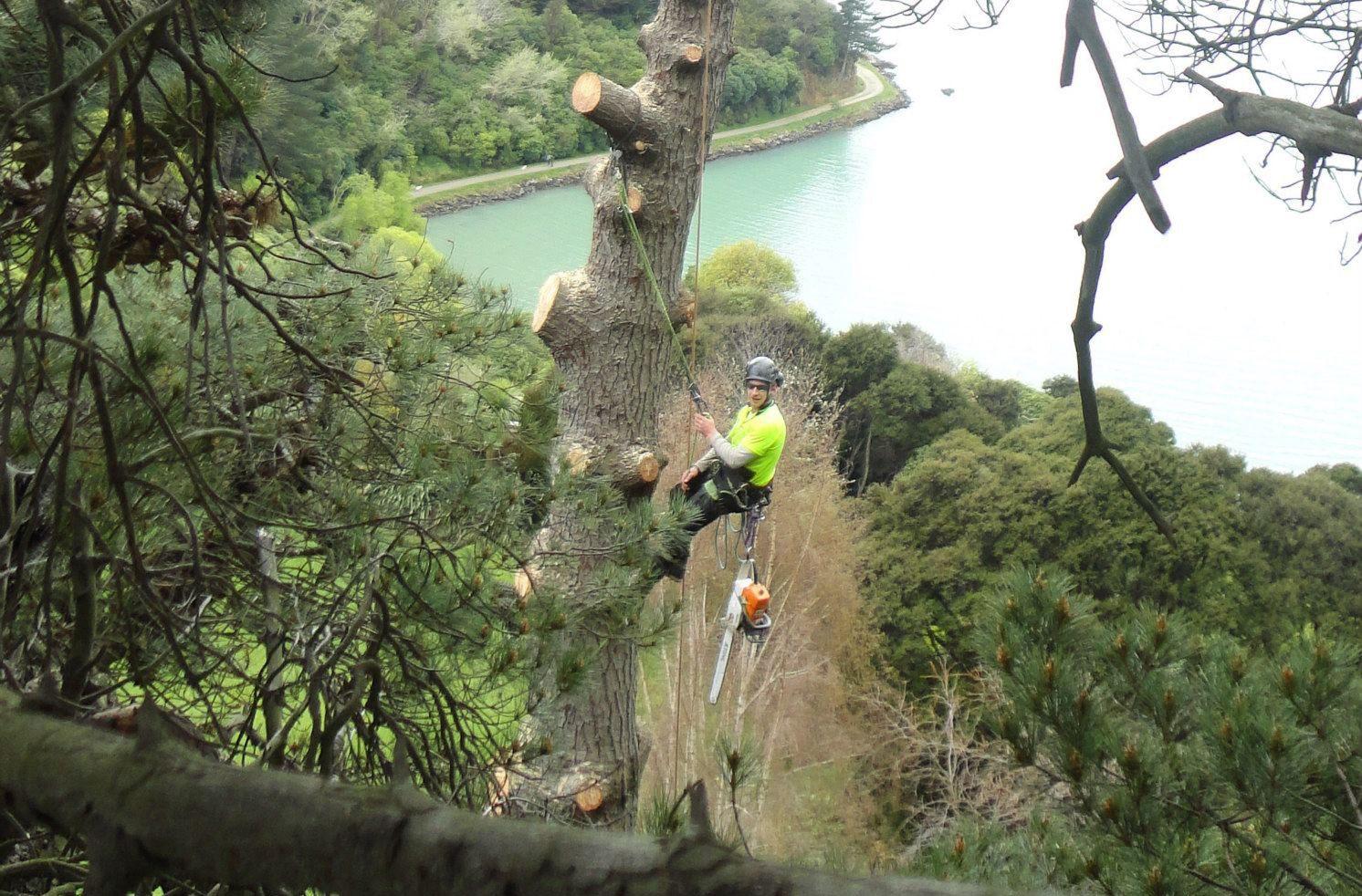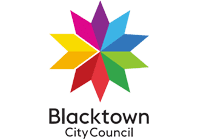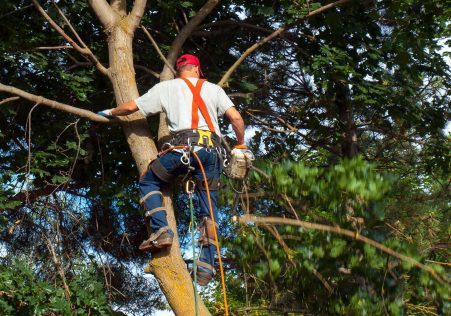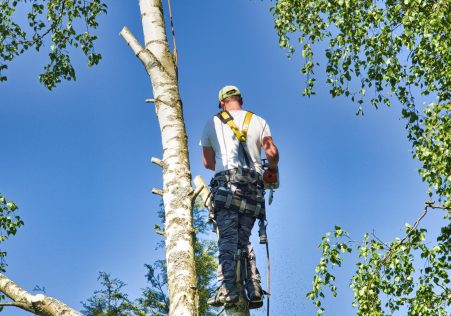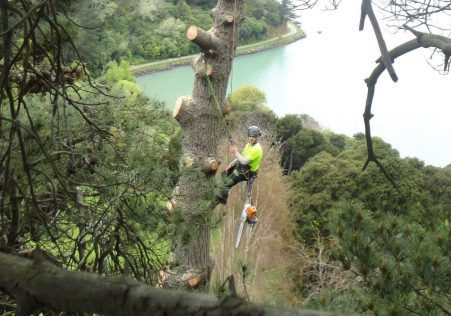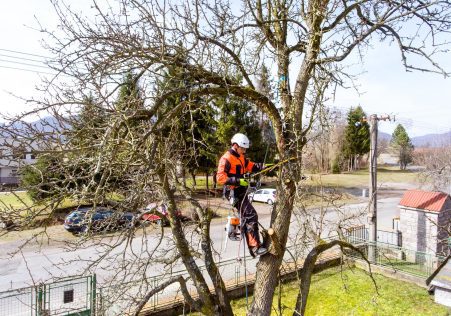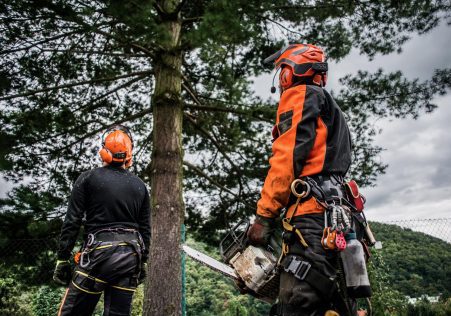Save Your Home and Your Safety: Understanding Tree Extraction
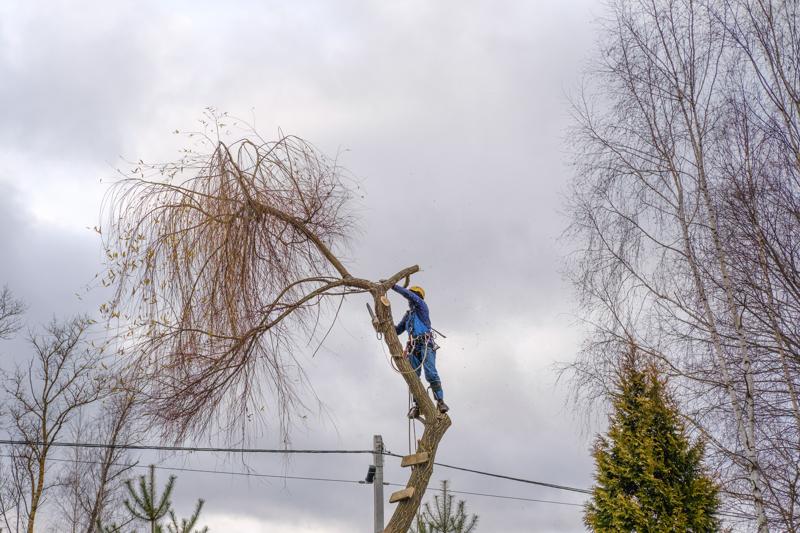
Tree removal is a difficult and possibly dangerous job. If a tree is dead, diseased, or in danger of falling, it could need to be removed to prevent damage to property and ensure safety. But how can you tell when a tree must be cut down? We’ll take you through the warning signs to look out at and guide you determine whether it’s time to call the professionals.
Dead or Dying Trees
One of the most evident signs that a tree should be removed is when it is dying or dead. Dead trees are without leaves and could appear lifeless. If a tree doesn’t have leaves or evidence of growth, it is likely dead. The bark of dead trees could be cracked, dry or peeling.
Trees that are diseased
The trees that are sick could pose a danger to the other plants and trees within the vicinity. The most common signs of disease for trees include the appearance of yellowing leaves, wilted branches, and the growth of mushrooms at the base of the tree. If you suspect that your tree might be suffering from disease It is essential to have it inspected by a professional arborist.
Leaning Trees
Trees that are leaning to one side can indicate of a failing root structure and the tree could be at risk of falling. To identify if a leaning tree is at risk, look for cracks or broken areas in the trunk and examine the soil at the tree’s base. If you see any of these indicators, it’s best to get the tree examined by an arborist.
Overhanging Branches
Overhanging branches of trees that are in close proximity to power lines or structures can pose a risk to property and safety. If you’re concerned about overhanging branches, it’s best to get the tree assessed by an arborist who will determine if removal or trimming is necessary.
FAQs
How can I tell if a tree is dead?
An individual tree can be said to be dead when it does not have leaves and no indication of new growth. Additionally, the bark of a dead tree can be dry, cracked, or peeling.
What are the signs of a tree that is diseased?
Common signs of disease in trees are the appearance of yellowing leaves, wilted branches, and mushrooms growing at the at the base of the tree.
Can you safely remove an entire tree on your own?
Tree removal is a difficult and potentially dangerous task. It’s best to leave it to experts who can protect you and others.
Conclusion
When you’re dealing with tree removal, you need to be aware of the indications that a tree should be removed. By being aware of the signs of dead or dying trees, sick trees, leaning trees, and overhanging branches, you can take steps to protect your property and those around you. If you suspect that a tree on your property needs to be removed, don’t hesitate to contact Sutherland Tree Removal for a professional evaluation. Our arborists with years of experience have the expertise and tools to take care of all the tree removal requirements. Don’t take any chances with your security. If you believe that a tree on your property needs to be removed, contact Sutherland Tree Removal today for a professional assessment. Our experienced arborists will provide you with the security that comes from knowing your property is safe with us. Call us today by dialing 1300 636 143 to schedule an appointment.

